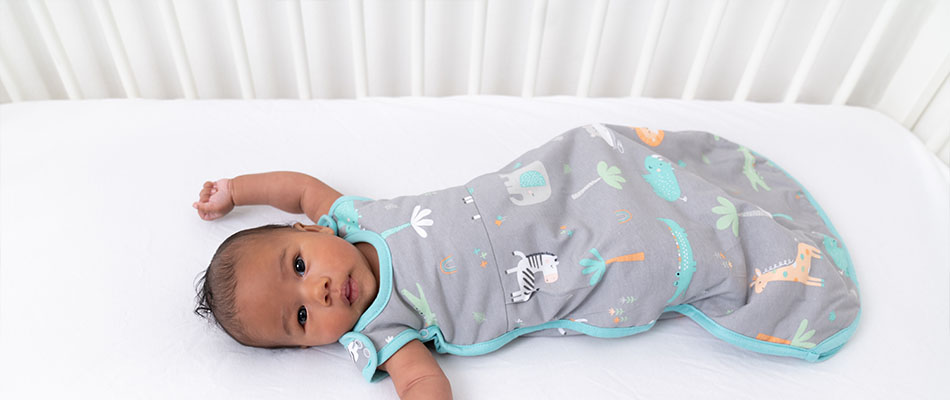What is the safest way for a baby to sleep?
It is recommended to place your baby on their back to sleep. This sleep position has been proven to reduce the risk of Sudden Infant Death Syndrome (SIDS). Ensure your baby sleeps on a firm mattress in a cot or crib that meets UK safety standards.
What is considered safe sleeping for babies?
Create a safe sleep environment by avoiding soft bedding, toys, and loose items in the cot. Use a fitted sheet and dress your baby appropriately for the room temperature. Ensure good ventilation in the room and prevent overheating by not overdressing your little one.
How can I stop worrying about SIDS?
While it's natural to worry about SIDS, following preventative measures can help alleviate concerns. In addition to placing your baby on their back to sleep, maintain a smoke-free environment, and avoid smoking during pregnancy and after birth.
What are the warning signs of SIDS?
Stay vigilant for irregular breathing patterns, excessive fussiness, or difficulties waking your baby. Although SIDS often occurs without prior symptoms, recognising potential warning signs and consulting with your doctor promptly is crucial.
Baby Sleeping Bags and Tog Regulation:
To keep your baby safe while sleeping, you should consider using baby sleeping bags. These innovative products provide a secure and cosy space for your little one while eliminating the risks associated with loose blankets. Look for baby sleeping bags designed with Tog regulation, ensuring your baby stays comfortably warm without overheating, even in varying room temperatures.
Slumbersac has a range of baby sleeping bags and sleeping bags with feet in 0.5 Tog, 1.0 Tog, 2.5 Tog and 3.5 Tog. You can find out more about Tog in our Tog Guide.
By following safe sleeping practices and the use of baby sleeping bags, you can provide a secure and comfortable sleep environment for your baby which will also hopefully help you get a better night's sleep too.
Find more blogs like this in Safe and Healthy Sleep >>





